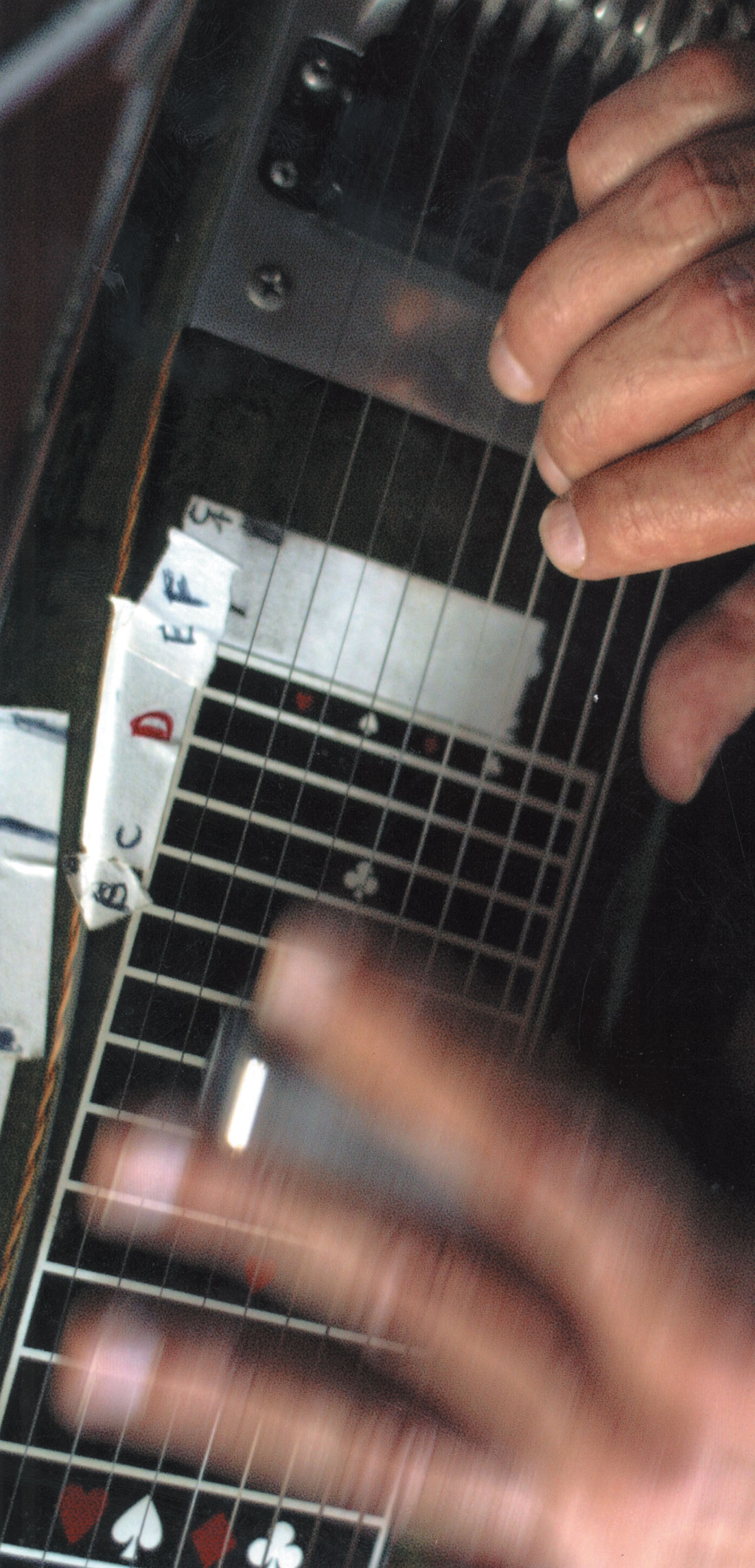By now you must have heard some rumblings about what may prove to be the best-sounding type of reverb plug-ins: they're termed "impulse response" reverbs. In layman's terms (my terms too) these devices work on impulses created in physical spaces by generating and then recording broadband signals and their corresponding room reflections. The original signal is then subtracted; leaving only the information needed to reproduce the room's ambient characteristics; allowing you to blend that with another audio signal of your choice. Though it is hardware-based, Sony got the ball rolling with the DRE-S77. But at $10,000, this piece of gear is far out of reach for impecunious home studio types.
This same principle was behind the development of Altiverb (reviewed in Tape Op #33), a VST/RTAS/MAS plug- in which can be had for a measly $400. But sadly, Altiverb is Mac platform only. Thankfully, one Christian Knufinke has addressed this shortcoming and has delivered a very promising solution in the form of SIR. Still in beta form, SIR gives you an exciting glimpse into what lies ahead for PC DAW users who want to experience firsthand what "impulse response" reverb is all about.
I tested SIR with CubaseVST32 5.1 on an AthlonXP 1700 platform with 512 MB of RAM. Despite SIR's Beta status, I experienced no untoward behavior of the plug- in itself. Its UI, as is often the case with such solo development projects, was kind of homely, but all the necessary controls are present for adjusting pre-delay, wet/dry, etc. The "impulse responses" you load into SIR are short WAV files. Earlier versions of SIR would only support 16-bit files, but v.086 can use 24-bit fixed and 32-bit float files (yes!). So where does one get "impulse" files? There is a growing shared library of files from places like www.noisevault.com and www.echochamber.ch.
I located two promising impulse files: a medium drum room and an EMT-250 plate. For installation, I simply dropped the SIR DLL into my VST plug-ins folder. There are a few technical considerations and necessary workarounds to bear in mind. SIR has a rather high fixed-latency value of 16,384 samples, yet VST-host applications like Steinberg's Cubase VST5 and SX only provide plug-in delay compensation (PDC) on insert effects-not on groups or sends. The newest version of Nuendo does support full PDC, and when Cubase SX version 2 arrives, it is supposed to include it as well. The impulse files are designed as stereo effects, since they are in fact, acoustic images of physical spaces; so you may want to convert mono files to stereo-but not necessarily in all cases. My first test was to use SIR as an insert effect on a four-part vocal harmony track that I had previously rendered down to a stereo track.
I loaded up the 32-bit version of the EMT-250 impulse, and I can only say "Wow!" The effect was lush and pure joy. Next, I inserted SIR with the "medium drum room" file onto a snare drum track. The snare was of course in mono, so following the developer's advice online, I used a freeware delay compensator called "Sampleslide" (www.analogx.com) and set the compensation to exactly 16,384 samples and inserted it on a group track and routed the snare to it. It worked beautifully. The sense of that snare existing in an actual room was palpable.
In addition to the PDC issue, there is the CPU consumption factor with which to contend. Prior to running just a single instance of SIR, my Cubase CPU meter on an existing project was near zero; but after one instance of SIR, it hovered around 25%. To address this and the latency issue, some users are holding back on applying SIR until the mixdown stage. However, these are just petty issues, especially when one considers the price of SIR. It's free. Go get it now, and play with it. And be sure to send a nice letter of thanks to Christian Knufinke.




_disp_horizontal_bw.jpg)